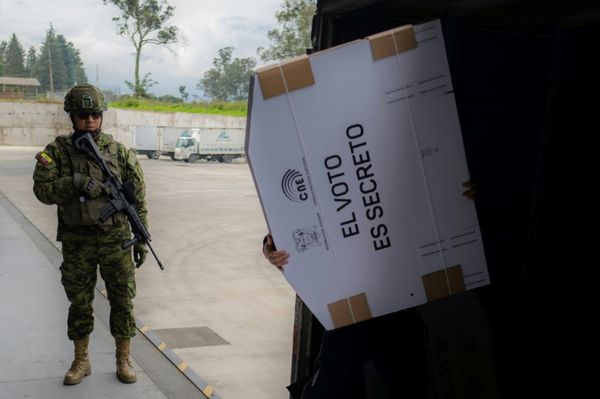
“We have a 3.5 million common customer base, who have various small savings schemes and accounts with India Post. The business model is linked to small savings schemes, with very attractive interest rates, which attracts a lot of people to invest in them. But since digital channels are not available, we are focussing on offering online access. Anybody having an account with our payments bank can move money to various small savings schemes digitally, and need not have to go to a branch to deposit cash. We are trying to digitize the whole journey for small savings."
The payments bank, with a deposit base of ₹5000 crore, records 5 million transactions per day. It has 60 million customers of which 3.5 million are post office clients. The bank is leveraging India Post’s network of 158,000 outlets to be a universal service provider for banks as well as non-banks. It seeks to offer all financial services to the doorstep of customers with the help of the postman. While regulations do not allow payment bank to offer credit facility, Venkatramu said it is the final goal.
“Within the current regulations we will not be able to fit in. So, this might require a special dispensation via some act or law. Maybe create a special institution we do not have so far, but then it looks like we are heading toward that direction. Probably that’s where a solution lies," he said. “We should be allowed to do micro lending or to convert into an SFB."
Venkatramu said IPPB will continue to function as a payments bank for at least three years. Under existing rules, state-backed payment banks cannot transition to small savings banks. IPPB is planning to go public within 2-3 years once it reaches networth of ₹500 crore. It is one among 11 payment banks to get a licence in 2015, but started operations in 2018. The delay in breaking even was due to the front loading of costs with a massive hiring programme and branch expansions, Venkataramu said.
Nearly 2000 people were hired and 650 branches were set, besides the technology investments involved. The bank even had to redraw its business plans because of the changes in the payment industry, he added.
The bank continues to be well capitalised with the infusing nearly ₹2000 cr of capital, including the grants. In April this year the government infused ₹650 cr of capital and another tranche of ₹200 cr is yet to be received.








